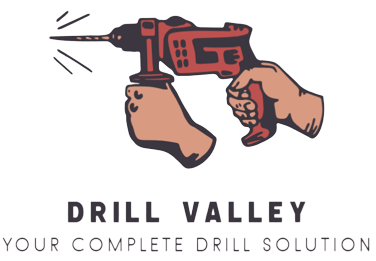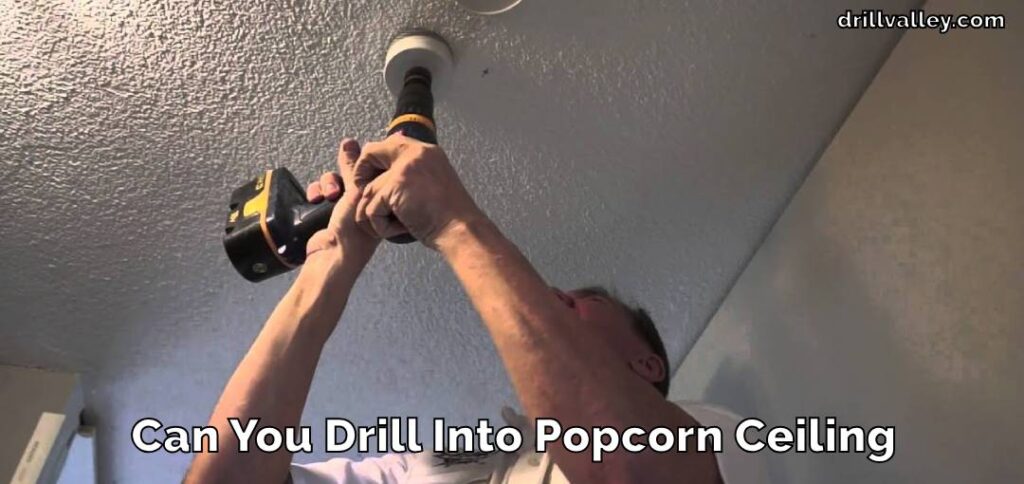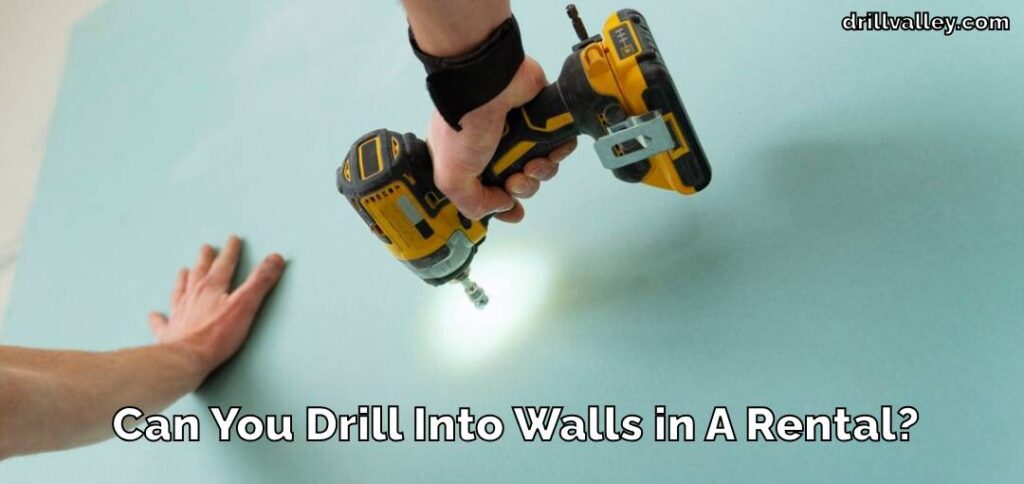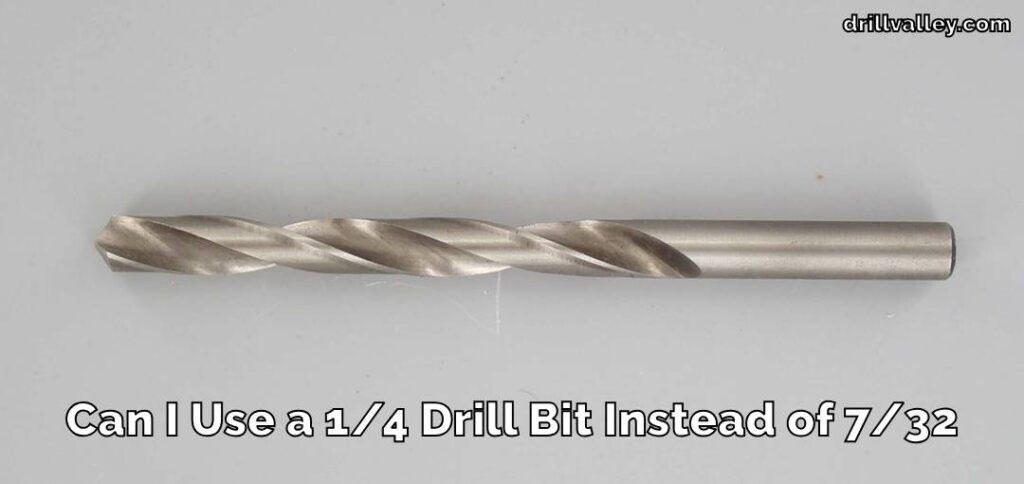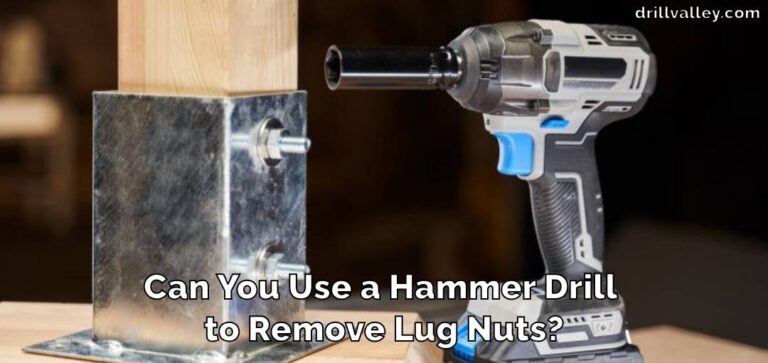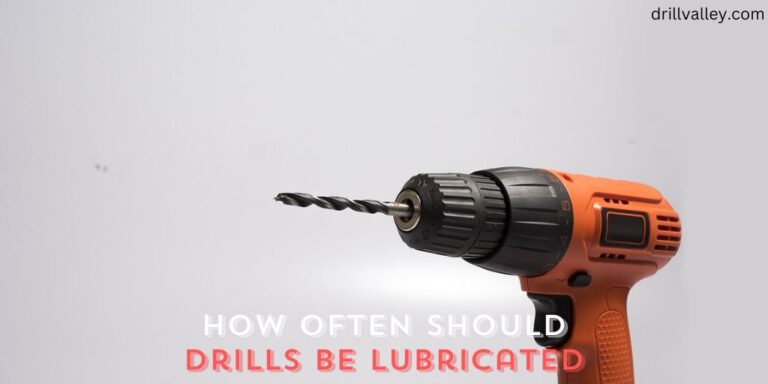How to Drill out A Master Lock
Master Locks are known for being tough and reliable, and great for keeping your things safe. But sometimes, you might lose the keys or forget the combination. If this happens, you might need to drill out the lock.
Drilling the lock is a big step, but it can help you get back in when other ways don’t work. This article will guide you on how to drill out a master lock. We’ll cover what tools you’ll need, how to do it step by step, safety tips, and answer some common questions.
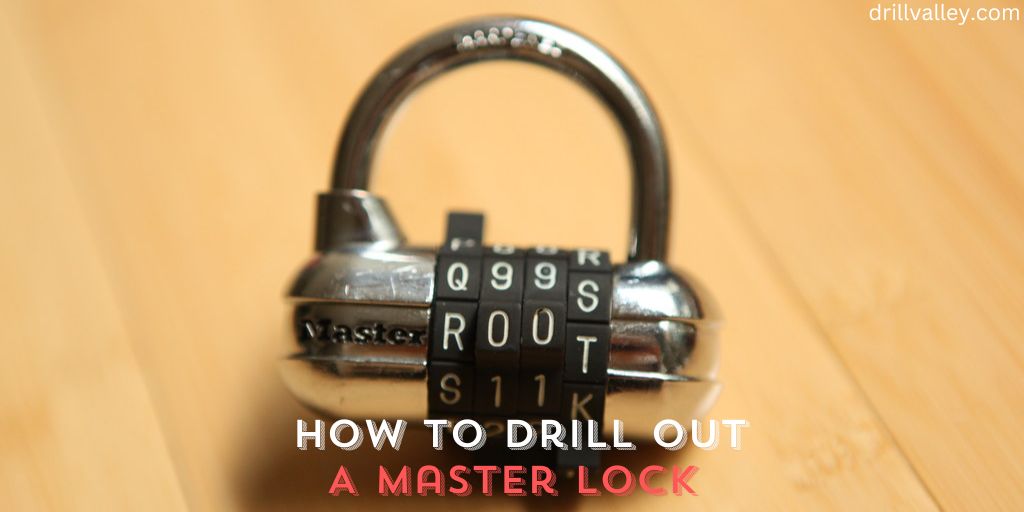
Whether you’re a homeowner with a tricky lock or you just need to get into something quickly, this guide aims to help you get through it without too much trouble. We want to make sure you can get past a locked Master Lock safely and without too much stress.
Tools We Need to Drill Out a Master Lock
Before we begin the process of drilling out a Master Lock, it’s important to gather the right tools. Having the correct equipment not only makes the job easier but also ensures that it’s done safely and effectively. The tools you’ll need are fairly basic and can often be found in a standard tool kit or purchased at a local hardware store.
- Power Drill: This is the main tool you’ll use. A standard power drill should work well.
- Drill Bits (specifically designed for metal): These are necessary to penetrate the metal lock. Make sure the bits are strong enough to drill through metal.
- Safety Goggles: Safety should always be a priority. Goggles will protect your eyes from metal shavings and debris.
- Ear Protection: Drilling can be loud, especially when working on metal. Protect your hearing with earplugs or earmuffs.
- Screwdriver: After drilling, you might need a screwdriver to remove the remnants of the lock mechanism.
Once you have all these tools, you’re ready to start the process of drilling out the lock. Remember, working with these tools requires care and attention to safety. Always use them responsibly and make sure to wear your safety gear.
How to Drill Out a Master Lock
Drilling out a Master Lock is a method you can use if you’ve lost the key or forgotten the combination. It should be your last resort because it will destroy the lock. Here’s a simple, step-by-step guide on how to do it:
Identify the Drill Point
Look at the lock. You’ll want to drill right above where the key would go in, at the top of the keyhole. This is where the locking mechanism, or shear line, is. Drilling here will help break the lock open.

Prepare the Drill
Next, get your power drill ready. Choose a drill bit that is specifically designed for drilling through metal. It should be sturdy and sharp enough to penetrate the lock. Attach the bit securely to your drill.
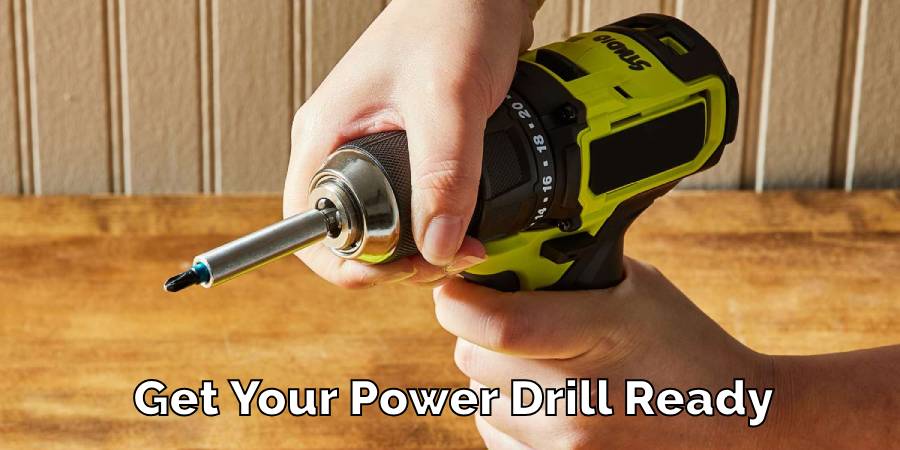
Start Drilling
Now, you’re ready to drill. Position the drill bit at the identified drill point. Begin drilling slowly and increase speed gradually. Keep the drill steady and apply consistent pressure. The goal is to drill through the lock mechanism without applying so much force that you damage the drill bit or the surrounding area.
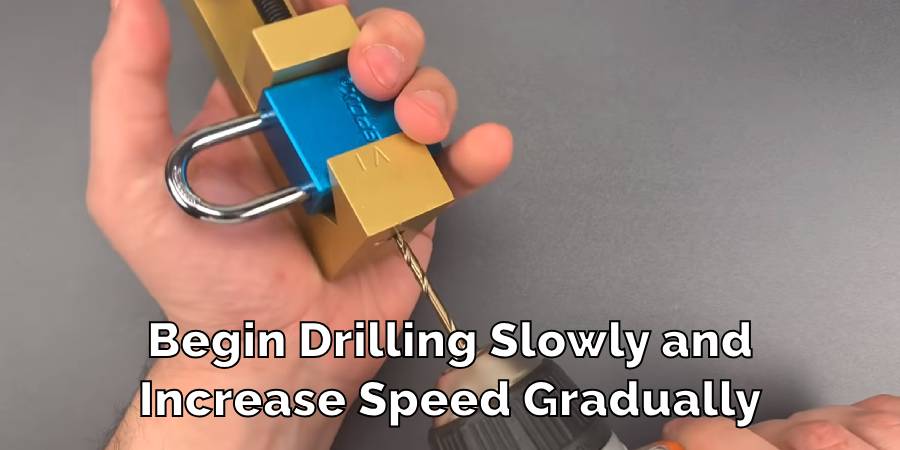
Remove the Lock Mechanism
After drilling through the lock, the mechanism inside will be destroyed, and the lock should open. If it doesn’t open immediately, use a flathead screwdriver to turn the mechanism inside the lock. This should release any remaining parts that are holding the lock closed.

Remember, patience and precision are key. Take your time with each step to ensure you do it correctly. Drilling out a lock is a destructive process, and there’s no going back once you start. Make sure this is the method you want to use before you begin.
Precaution While Drilling Out a Master Lock
When drilling out a Master Lock, safety and care are paramount. It’s important to take certain precautions to ensure that the task is completed without causing injury to yourself or damage to your surroundings. Here are some essential safety tips:
- Wear Safety Goggles and Ear Protection: Always protect your eyes and ears when using a drill. Safety goggles will shield your eyes from any metal shavings or debris that could fly up during drilling. Drilling can be loud, especially on metal surfaces, so ear protection like earplugs or earmuffs is also crucial to prevent hearing damage.
- Ensure the Lock is Held Securely: Before you start drilling, make sure the lock is stable. If it’s on a door, ensure the door is closed or the lock is otherwise immobilized. A moving lock can not only make drilling difficult but also increase the risk of the drill slipping, which could cause injury or damage.
- Drill Slowly to Avoid Damaging the Surrounding Area: Start drilling at a slow speed and increase gradually. This approach gives you more control and helps prevent the drill bit from slipping off the target area. Drilling too fast can cause overheating of the drill bit and damage to the lock and the surface it’s attached to.
- Check the Drill Bit Regularly: Make sure the drill bit doesn’t get too hot or worn out. If the bit is dull, it will make the job harder and could lead to accidents.
- Have a First Aid Kit Nearby: It’s always a good idea to have a basic first aid kit on hand when doing any kind of manual work. In case of a minor injury, you can provide immediate care.
Following these precautions will help ensure that you can drill out the lock safely and effectively. Remember, taking your time and working carefully are the best ways to avoid accidents.
FAQ’s
Can a Master Lock Be Drilled?
Yes, you can drill through a Master Lock. This is usually done when other unlocking methods aren’t working, like if you’ve lost the key or forgotten the combination.
Drilling is a direct approach to bypass the lock’s security. But remember, once you drill the lock, it can’t be used again. It’s always better to try other methods first, like contacting a locksmith or using a bolt cutter if appropriate.
Can You Drill Out a Lock?
Drilling out any lock, including a Master Lock, is possible. This technique is often used when you’re in a pinch and need to access something quickly, but it’s important to do it with care. Rushing the process or using the wrong tools can cause damage beyond just the lock, so it’s crucial to proceed thoughtfully.
Does Drilling a Lock Break It?
Yes, when you drill into a lock, it breaks the internal mechanisms. This means the lock won’t work anymore. The idea of drilling is to destroy the parts inside the lock that keep it closed, allowing you to open whatever it was securing. After drilling, you’ll need to replace the lock.
How Do You Drill an Anti-drill Lock?
Anti-drill locks are made to be tougher against drilling, often including features like hardened plates or special pins to stop drill bits.
However, with patience and the right drill bit (like one made of carbide), you can get through these defenses. It’s usually more challenging and takes longer compared to regular locks, so be prepared for a bit of effort.
What is the Best Drill Bit for Drilling Locks?
Carbide drill bits are often recommended for drilling into locks because they’re very hard and durable. This hardness is important for cutting through the metal of the lock.
There are also other types like cobalt or titanium-coated bits that can do the job well. The key is to choose a bit that’s tough enough to handle the metal you’re drilling into.
Conclusion
Drilling out a Master Lock serves as a practical solution when all other unlocking methods fail. This method should be approached with utmost caution and as a last resort, reserved for emergencies.
Safety is paramount equip yourself with protective gear, including goggles and ear protection, before commencing. Always consider the legal and ethical implications, limiting this technique to locks you own or have permission to access.
Before resorting to drilling, try alternative solutions such as professional locksmith services. While possessing the knowledge of lock drilling can be invaluable, its responsible application is crucial. Use it judiciously, keeping safety and ethics in mind.
This skill is a powerful tool for critical situations, but it should be employed sparingly and responsibly, maintaining compliance with the law and ethical principles.
Understanding when and how to drill out a Master Lock can provide a valuable solution, but always prioritize safety and legality in your actions.
Can You Use Impact Driver Bits in A Drill
Knowing whether you can swap impact driver bits into a regular drill matters more than…
Can You Drill Into Popcorn Ceiling
Wondering Can You Drill Into Popcorn Ceiling for your next home improvement project? Popcorn ceilings,…
Can You Drill Into Walls in A Rental?
Renting an apartment brings the challenge of personalizing your space within the confines of rules…
Can I Use a 1/4 Drill Bit Instead of 7/32
When you’re elbows deep in a project and suddenly realize the 7/32 drill bit you…
Can You Drill Concrete Without A Hammer Drill
Drilling into concrete requires both precision and the right tools, notably a hammer drill and…
Can You Use Different Brand Drill Bits?
The right drill bit size is crucial for any project, big or small. It’s the…
